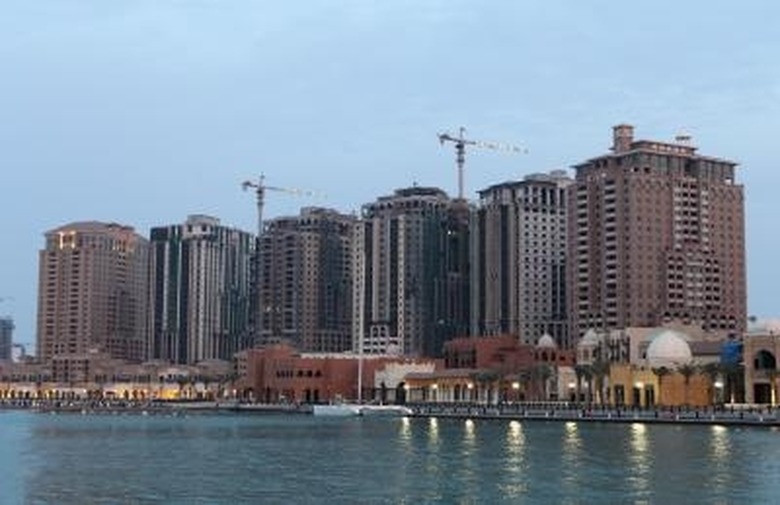What Is The Difference Between Exponential & Logistic Population Growth?
Population growth refers to the patterns governing how the number of individuals in a given population changes over time. These are determined by two basic factors: the birth rate and death rate. Patterns of population growth are divided into two broad categories – exponential population growth and logistic population growth.
Exponential Growth
Exponential Growth
Exponential growth of a population occurs when a population has a continuous birth rate throughout time, and is never hindered by the absence of food or the abundance of disease. To illustrate, imagine a bacterium divides in two, resulting in two bacteria. If these divide, the result is four bacteria. If these divide, the result is eight, then 16 and then 32. This is an exponential process that will continue until resources become scarce or run out.
Logistic Growth
Logistic Growth
In real world situations, it is very common for populations to be restricted by a lack of food, and the presence of predators and diseases. As conditions become crowded, the population approaches the upper limit of the number of individuals the environment can support. This upper limit is referred to as its "carrying capacity." Thus, in logistic growth patterns, we can expect the population to increase exponentially up to a point, and then suddenly level off as resources become scarce.
Effective Birth Rate
Effective Birth Rate
In logistic population growth patterns, the carrying capacity of the environment alters the "effective birth rate." The effective birth rate is the net birth rate once resource scarcity has been taken into account. When a population reaches its carrying capacity, the effective birth rate declines until it becomes 1.0. When the birth rate is 1.0, essentially each individual in the environment is replacing himself, resulting in virtually no change in the overall population.
Simulations
Simulations
There are simulators available on the Internet that allow users to appreciate the difference between exponential and logistic population growth patterns. Exponential population growth simulators have one variable – the birth rate. Logistic population growth simulators have two variables – the birth rate and the carrying capacity. Users can play with these variables by entering different values for each. Try using a logistic population growth simulator to test how long it will take a population to reach its carrying capacity based on different values for the birth rate and carrying capacity.
References
Cite This Article
MLA
Shields, John. "What Is The Difference Between Exponential & Logistic Population Growth?" sciencing.com, https://www.sciencing.com/difference-exponential-logistic-population-growth-8564881/. 24 April 2017.
APA
Shields, John. (2017, April 24). What Is The Difference Between Exponential & Logistic Population Growth?. sciencing.com. Retrieved from https://www.sciencing.com/difference-exponential-logistic-population-growth-8564881/
Chicago
Shields, John. What Is The Difference Between Exponential & Logistic Population Growth? last modified March 24, 2022. https://www.sciencing.com/difference-exponential-logistic-population-growth-8564881/
